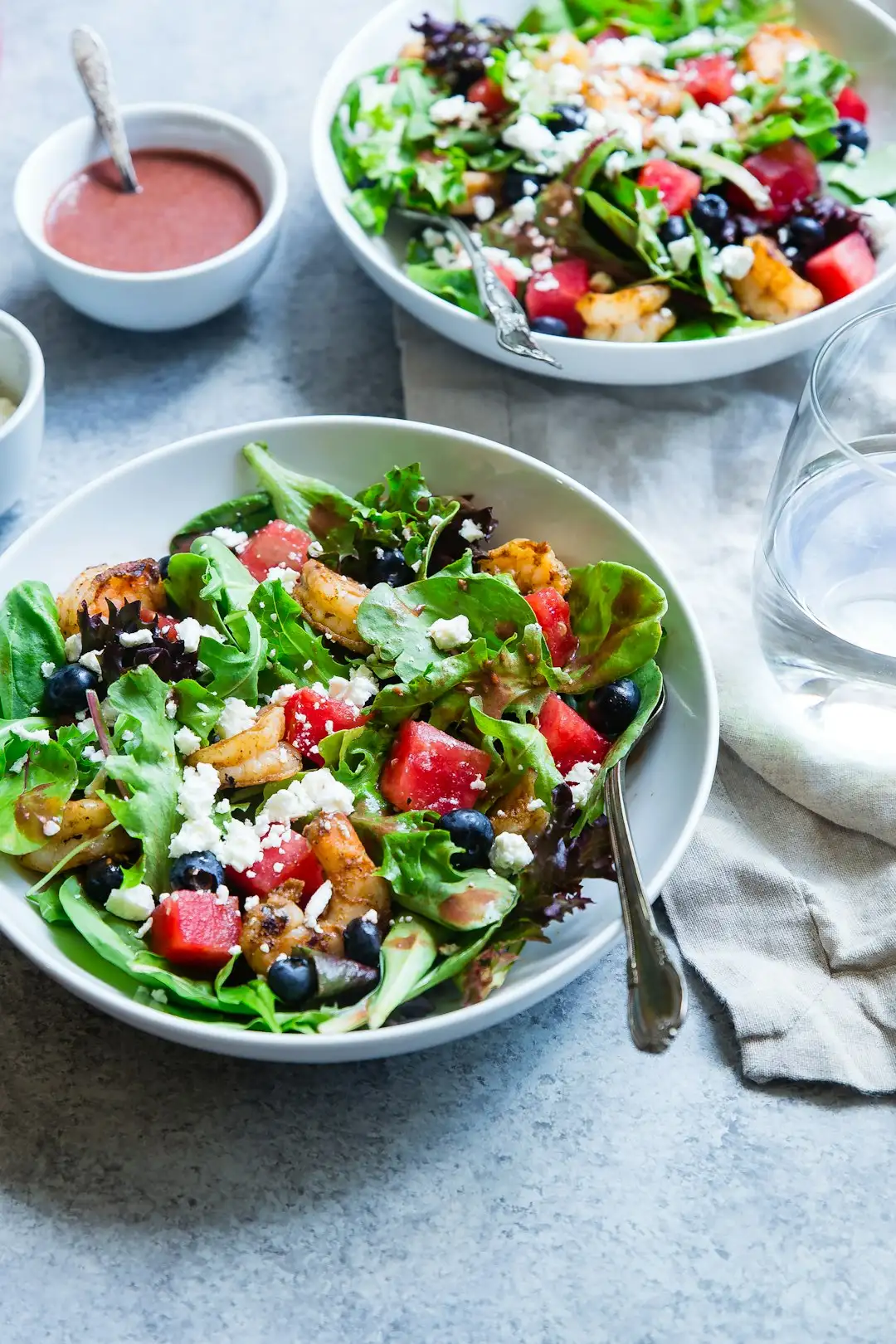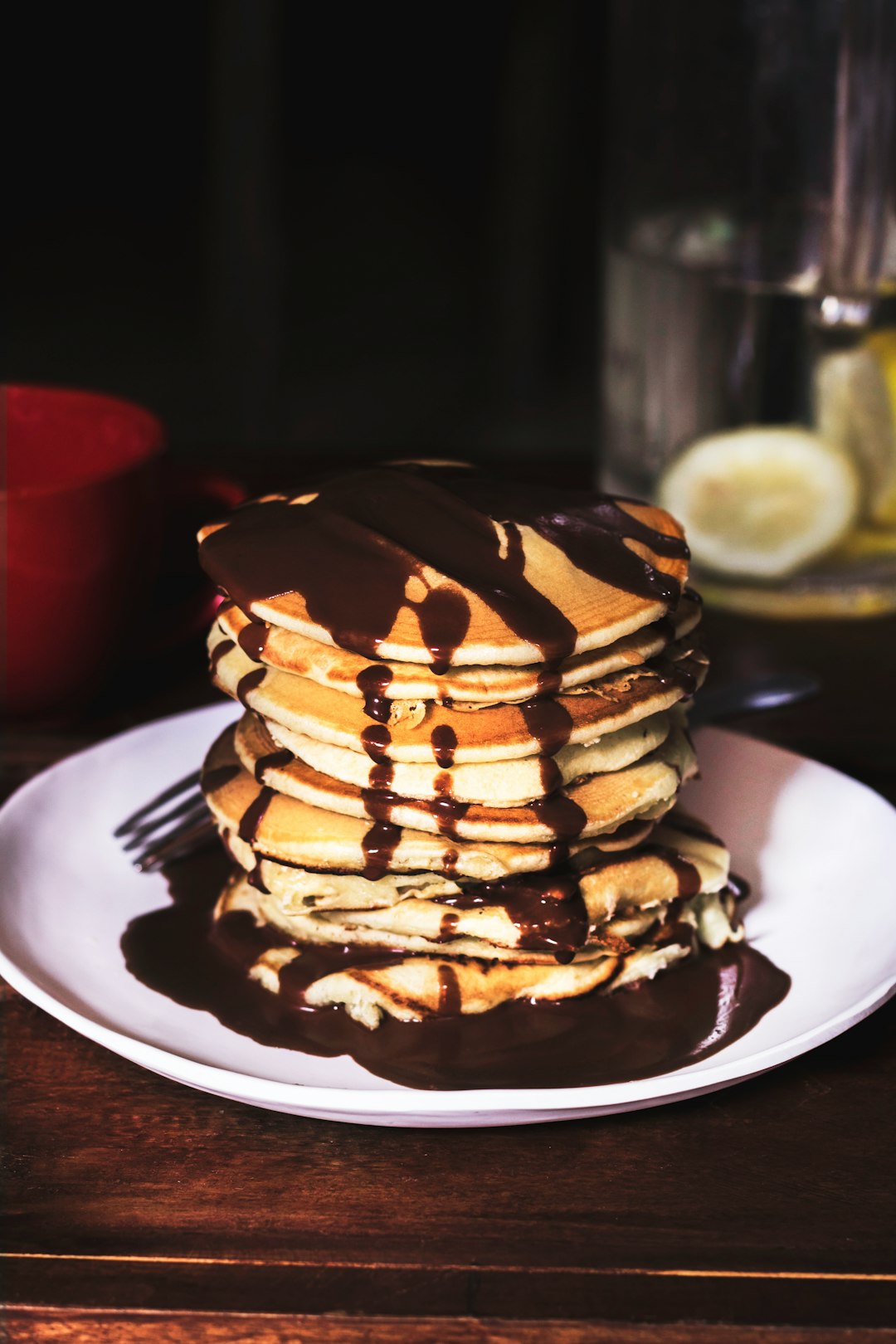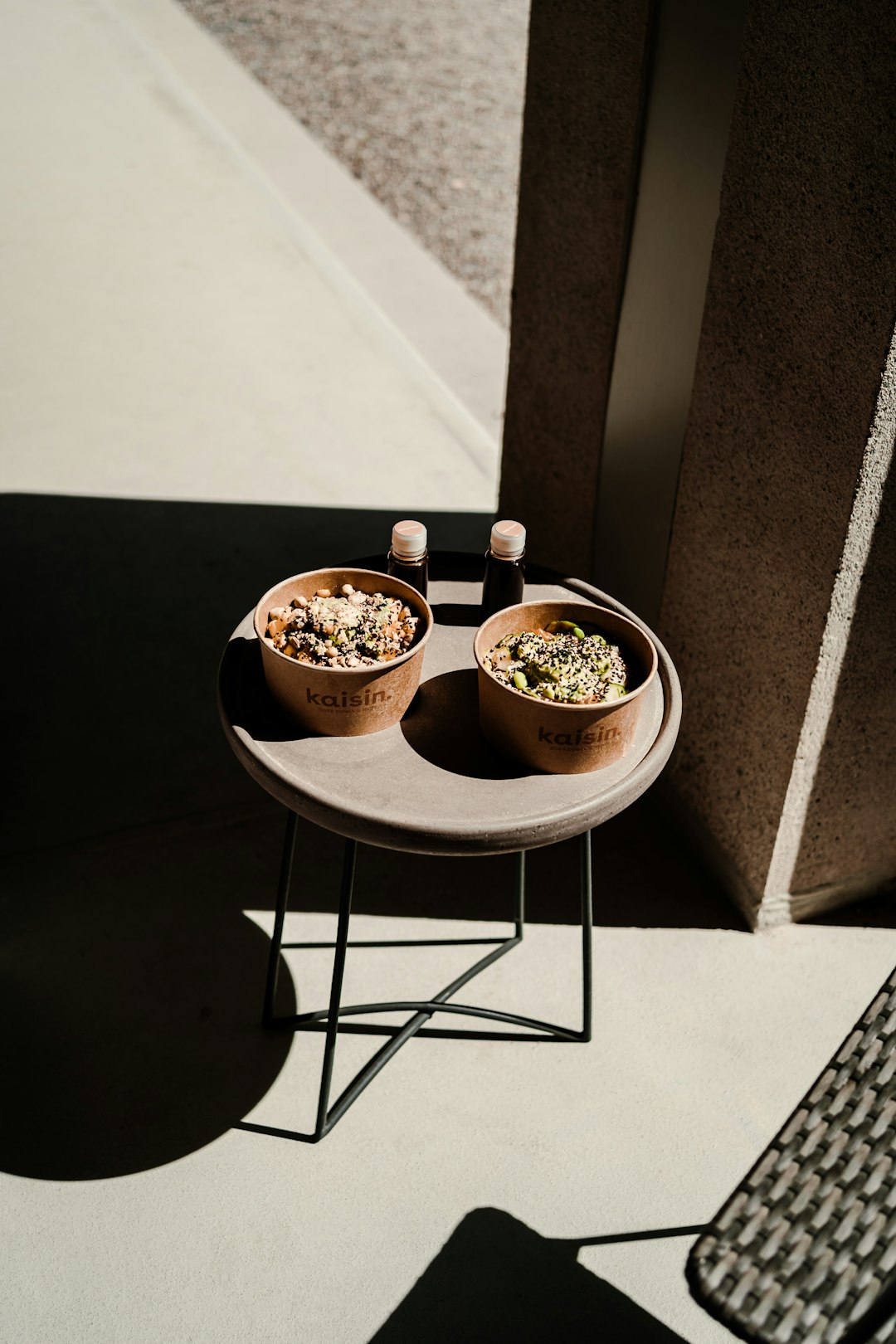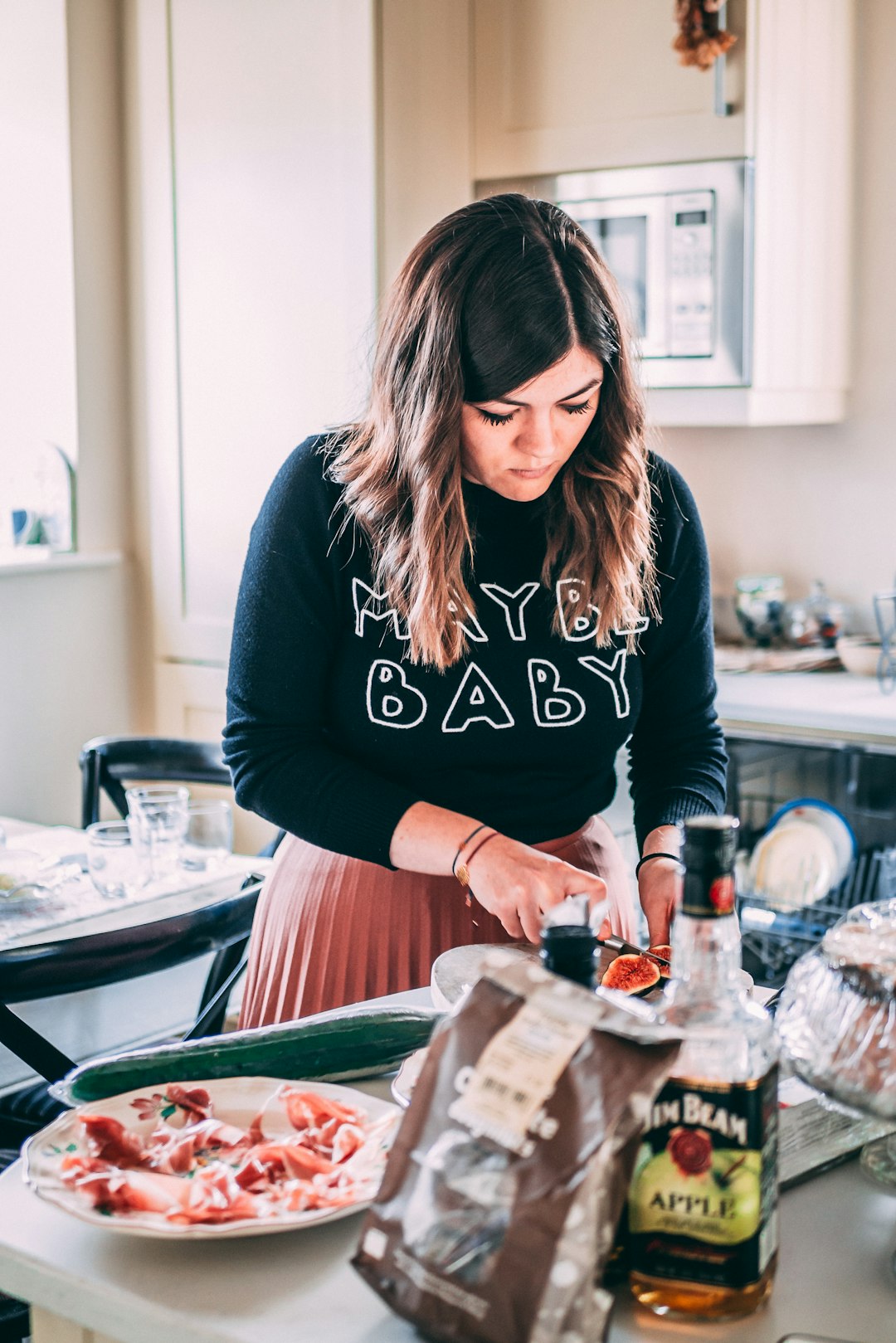
Cooking is an art form that combines science and creativity. One of the fundamental techniques in cooking, especially in baking and making various savory dishes, is the proper way to beat eggs. In this article, we will explore the simple method of slightly beating eggs to ensure they are properly mixed before adding them to the rest of your ingredients.
First, let's understand why slightly beating eggs is important. Eggs play multiple roles in cooking. They act as a binder, holding ingredients together; they add moisture, giving the dish a tender texture; and they contribute to the leavening process, helping the dish rise. When you slightly beat eggs, you are breaking down the egg whites and yolks and starting to incorporate air into the mixture. This air will expand during cooking, resulting in a lighter and fluffier final product.
To start, gather your materials. You will need a clean mixing bowl and a whisk or a fork. It's important to use a clean bowl to prevent any contaminants from affecting the eggs. If you're using a whisk, make sure it has no bent or damaged wires that could cause uneven beating.
Crack the eggs into the mixing bowl. You can do this one at a time to ensure that if one egg is bad, it won't contaminate the others. Hold the egg firmly in your hand and gently tap it against the edge of the bowl. Then, carefully separate the two halves of the eggshell and let the egg fall into the bowl. Try to avoid getting any eggshell fragments into the bowl, as they can be a nuisance and even a choking hazard.
Once all the eggs are in the bowl, it's time to start beating. If you're using a whisk, hold it by the handle and start making circular motions in the bowl. Begin slowly and gradually increase the speed. The goal is to break up the yolks and whites and incorporate them evenly. You'll notice that the color of the egg mixture starts to change as it becomes more homogeneous. If you're using a fork, use a similar circular motion, but you may need to apply a bit more pressure to break up the eggs effectively.
As you beat the eggs, pay attention to the consistency. Slightly beaten eggs should have a smooth texture, but they shouldn't be overly frothy. Over - beating can cause the eggs to become too aerated, which may not be suitable for all recipes. For example, in some custards or sauces, you want a more subdued egg mixture to achieve the right consistency.
After you've slightly beaten the eggs, it's time to add them to the rest of your ingredients. Depending on the recipe, you may need to add them slowly while stirring the other ingredients. This helps to ensure that the eggs are evenly distributed throughout the mixture. For instance, when making a cake batter, you would add the slightly beaten eggs in a few additions, folding them gently into the dry and wet ingredients.
It's also important to note that the temperature of the eggs can affect the beating process. Room - temperature eggs are generally easier to beat and incorporate into other ingredients. If your eggs are cold from the refrigerator, you can let them sit at room temperature for about 30 minutes before using them.
In conclusion, slightly beating eggs is a simple yet crucial step in many cooking and baking recipes. By following these steps and paying attention to the details, you can ensure that your eggs are properly mixed and contribute to the success of your dish. Whether you're making a delicious omelette, a fluffy cake, or a creamy sauce, mastering the art of slightly beating eggs will take your cooking skills to the next level.

The Magic of the Naked Cake: A Party - Stopper Recipe
The Magic of the Naked Cake: A Party - Stopper Recipe
A Delectable Appetizer Spread and Its Perfect Dipper
A Delectable Appetizer Spread and Its Perfect Dipper
The Alluring Spanish Wine - Based Punch: A Decades - Long American Favorite
The Alluring Spanish Wine - Based Punch: A Decades - Long American Favorite
The Refreshing Secret for a Crowd: Mint Juleps
The Refreshing Secret for a Crowd: Mint Juleps
Independence Day Culinary Delights
Independence Day Culinary Delights
Instant Pot Magic: A Speedy Thanksgiving Turkey Breast Delight
Instant Pot Magic: A Speedy Thanksgiving Turkey Breast Delight
The Secret to Homemade Yogurt in Your Instant Pot
The Secret to Homemade Yogurt in Your Instant Pot
Unveiling the Secrets of Broccoli Preservation
Unveiling the Secrets of Broccoli Preservation
Conquering Candy Making in Challenging Weather
Conquering Candy Making in Challenging Weather
Fall's Bounty: Transforming Apples into Year - Round Delight
Fall's Bounty: Transforming Apples into Year - Round Delight
The Irresistible Fusion of Chicken and Broccoli: A Culinary Adventure
The Irresistible Fusion of Chicken and Broccoli: A Culinary Adventure
The Irresistible Delight of a Unique Chicken Sandwich
The Irresistible Delight of a Unique Chicken Sandwich
Unleashing the Magic of Chili: A Culinary Adventure
Unleashing the Magic of Chili: A Culinary Adventure
The Secret to Perfect Blueberry Muffins
The Secret to Perfect Blueberry Muffins
The Irresistible Upgrade for Your Morning Meal
The Irresistible Upgrade for Your Morning Meal
The Irresistible Allure of Stuffed Acorn Squash
The Irresistible Allure of Stuffed Acorn Squash
A Flavorful Meat - Free Taco Night Delight
A Flavorful Meat - Free Taco Night Delight
Delicious Dairy - Free Casserole Alternatives
Delicious Dairy - Free Casserole Alternatives
A Tasty Twist for Your Meat - Free Meal
A Tasty Twist for Your Meat - Free Meal
The Art of BBQ and the Secret of Ripe Mangoes
The Art of BBQ and the Secret of Ripe Mangoes